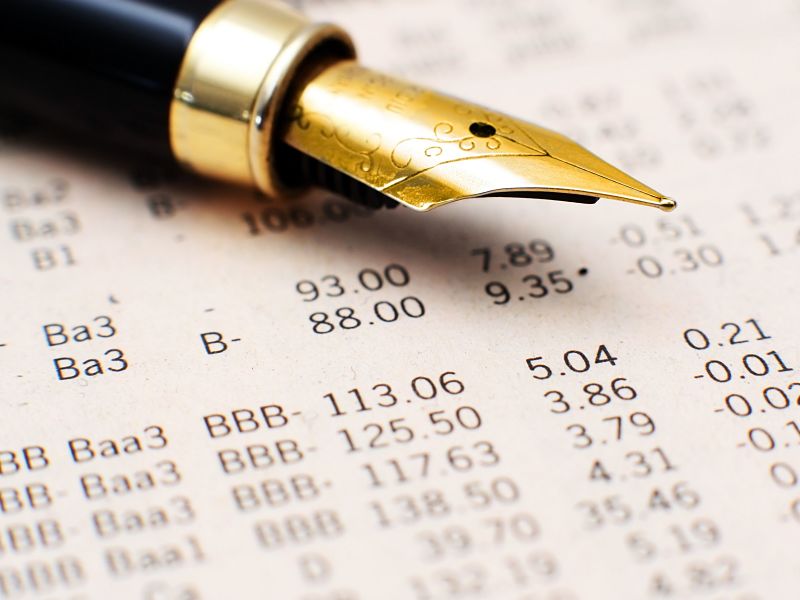
In a rising interest rate environment, fixed-income portfolio managers are torn between going to index duration for respectable income, or staying short and safe, making little but keeping powder dry until rates stabilize.
Last week, the Bank of Canada made its biggest single hike in 22 years. But many industry observers say further rate increases are already priced, with managers interviewed for this story expecting the overnight rate to reach as high as 3% when the BoC finishes its cycle of rate lifts.
As a result, managers are positioning themselves for the next phase: a back-off by the BoC and the Fed.
Chris Kresic runs $12 billion of bonds as head of fixed income and asset allocation with Jarislowsky Fraser Ltd in Toronto. “The central banks have crossed the Rubicon,” he said. Therefore, there is minimal jeopardy in buying and holding bonds when rates eventually become steady or fall.
Looking ahead, Kresic said there is more downside risk in stocks than in bonds. “As an asset allocator, I think is time to reduce equity holdings and to add bonds or cash,” he said. “Bonds have sold off enough that they merit consideration. Moreover, high rates are not sustainable. So we say reduce equities a bit and add some bonds.”
Romas Budd, vice-president and senior portfolio manager with 1832 Asset Management LP, manages $25 billion of bonds. He said the Canadian and U.S. yield curves anticipate worse outcomes than he thinks are likely. “We are in the camp that [believes] the market is over-discounting rate hikes,” Budd said, suggesting that a 2% overnight rate is already baked into prices. “If we don’t have [that], the curve will steepen.”
Bond investing is a waiting game, Budd added. “For most of the first quarter, we were significantly below the eight-year benchmark on duration and we therefore had lower price risk. We’ve had losses with negative absolute returns, but on the duration side, we are moving into a buy range,” he said. “We are going for government bonds, reducing credit exposure. Yields have risen enough that money should slowly be coming back to bond markets.”
James Dutkiewicz, senior vice-president and head of fixed income with CI Global Asset Management, runs $40 billion in bonds. He acknowledged that bonds in 2021 were not good value, but that’s changing.
“The curve is now flat,” Dutkiewicz explained. “The front out to five years has priced in a tightening cycle. We’ve had our losses in the last half year, but those losses have set the market for gains. We think 2.75% is already priced into front-end yield curve expectations. So we are incrementally adding to bonds and to duration.”
That’s also the view of Charles Marleau, senior portfolio manager with Palos Management Inc. in Montreal. He runs $500 million in a boutique investment format, and agreed that rate increases are already baked into the curve. His strategy: stay away from non-investment grade and wait until yield curves steepen. “I want to be paid for risk,” he said.